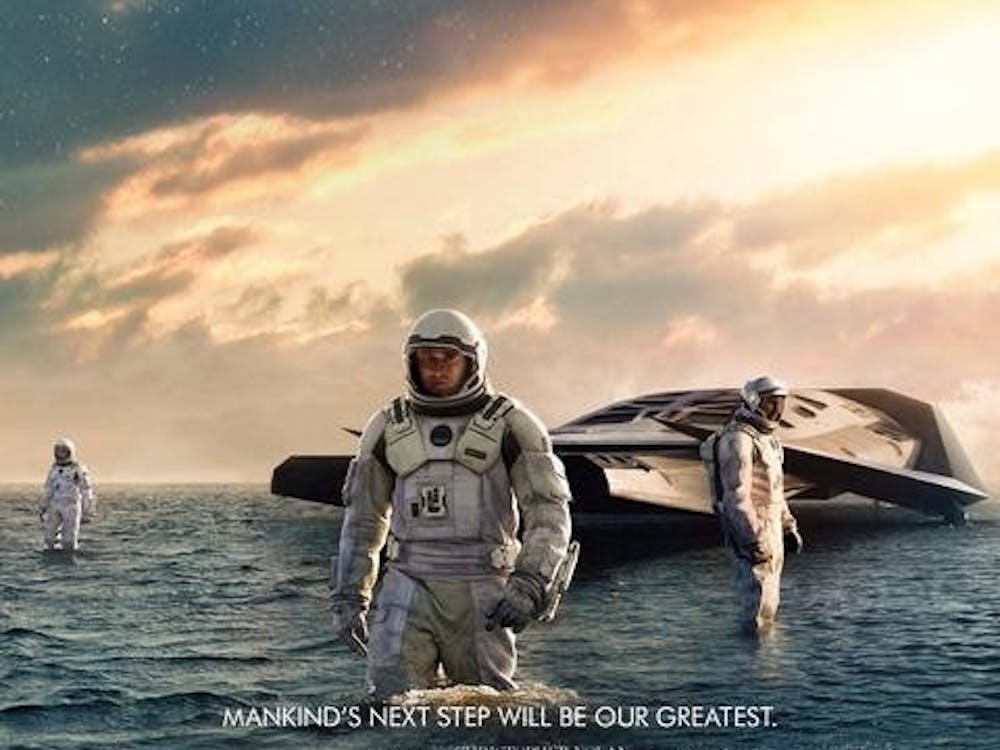Lauren Bacall, Marilyn Monroe and Betty Grable are pretty, all right, but when the CinemaScope image seduces you, it's the beginning of a love affair that lasts a lifetime.
Rarely has a movie benefited from more star power than "How to Marry a Millionaire," and even more rarely have the stars been so upstaged by the screen on which they appear. The first feature to be shot in CinemaScope, it's a celebration of the power of the image, 20th Century Fox's inspired strike back at those clunky wooden boxes with the tiny, fuzzy screens that were poisoning the consciousness of America as early as the benighted year of 1953.
For the uninitiated, CinemaScope is the widescreen format made possible by the use of anamorphic lenses that blend multiple images into one, creating an aspect ratio, or relative screen size, of 2.35 units of width for every one unit of height. And the result is the purest movie magic.
The widescreen image immerses and engrosses you, filling the theater and arresting your eye, making possible vistas and cityscapes of infinite grandeur - not to mention interiors with room to breathe. That's perhaps the most pleasurable aspect of the use of 'Scope in "How to Marry a Millionaire": the ease with which the performers navigate the additional space, freed from the physical restrictions of the 1.33:1 frame.
Director Jean Negulesco, a routine studio hack who averaged two pictures a year in the 1940s and '50s, clearly relishes the new format's potential for grandeur as well as heightened naturalism. In the early days of `Scope, the idea of using a close-up to isolate relevant detail was seen as overwrought and inefficient, and in "Millionaire," Negulesco presents his stars in lusciously framed long and medium shots, never allowing one to upstage the other. His interior scenes are a series of tableaux that illuminate the way people interact, even when they're speaking arch, quip-heavy Hollywood dialogue. The comic misadventures of three man-hunting Manhattanites gain the gloss of aristocratic artwork.
The stars also get an incredible introduction. Some of Negulesco's best shots come in the introduction, depicting the 20th Century Fox Orchestra as it plays the movie's overture. The music sets the saucy yet classy tone, and then the opening credits give way to the first-ever widescreen vistas of Manhattan, establishing the ritzy milieu with a montage that has been imitated countless times but will never ever get old.
The plot is pure piffle, like a sculpture out of meringue. Cynical divorcee Schatze Page (Bacall) weasels her way into a swank Manhattan pad whose owner has fled the country for tax indiscretions. She enlists two ditzy fashion models, Pola (Monroe) and Loco (Grable), to share the apartment, help with the rent and enhance her social options. Stung by her failed marriage to a "gas-pump jockey," Schatze plans to scour the city for bachelors who are suitably loaded. Of course, they find that wealth and charm don't always coincide, and of course, ironic reversals will render all their scheming useless.
Though the main story arc is clearly visible, there are enough minor surprises and inspired quips to keep things breezily entertaining. Bacall amiably skewers her tough-talking femme-fatale persona, even making a verisimilitude-breaking reference to her offscreen love life. (Defending the allure of older men, she argues, "Look at Churchill, look at Roosevelt, look at that old fella, what's his name, in 'The African Queen.'")
Monroe's character suffers from a medically dubious ocular malady: She's legally blind, but ordinary eyeglasses correct her vision perfectly. Of course, she refuses to wear them ("You know what they say about girls who wear glasses"), so she's constantly bumping into things and provides an easy outlet for mistaken-identity gambits.
But most of the comic gems come courtesy of Grable. In the movie's most hilarious interlude, she accompanies a married man to his mountain lodge in Maine ("Where is Maine, anyway?"), because she thinks the lodge will have hundreds of other members. There she falls for a forest ranger who takes her skiing, and if you haven't seen Betty Grable standing in a studio pretending to ski in front of an obviously projected background, with her rigid hairdo serving as a de facto crash helmet, you're missing a masterful example of unintentional hilarity.
But the Maine interlude also takes the film back to its true subject, the stunning capacities of `Scope. This "TechnoVision" allowed Hollywood to sustain television's blow, and once directors like William Wyler and Robert Altman had mastered widescreen image manipulation, they led a golden age of American filmmaking that lasted until George Lucas came along and ruined it all. Video had a hand as well; directors now compose shots with a sense of how their work will look when nearly half of it is chopped off to conform to the television screen size. The days of the sumptuous, frame-filling image are virtually over, and we're all the poorer for it.
(See schedule on page B3 for showtimes.)
Grade: A-






